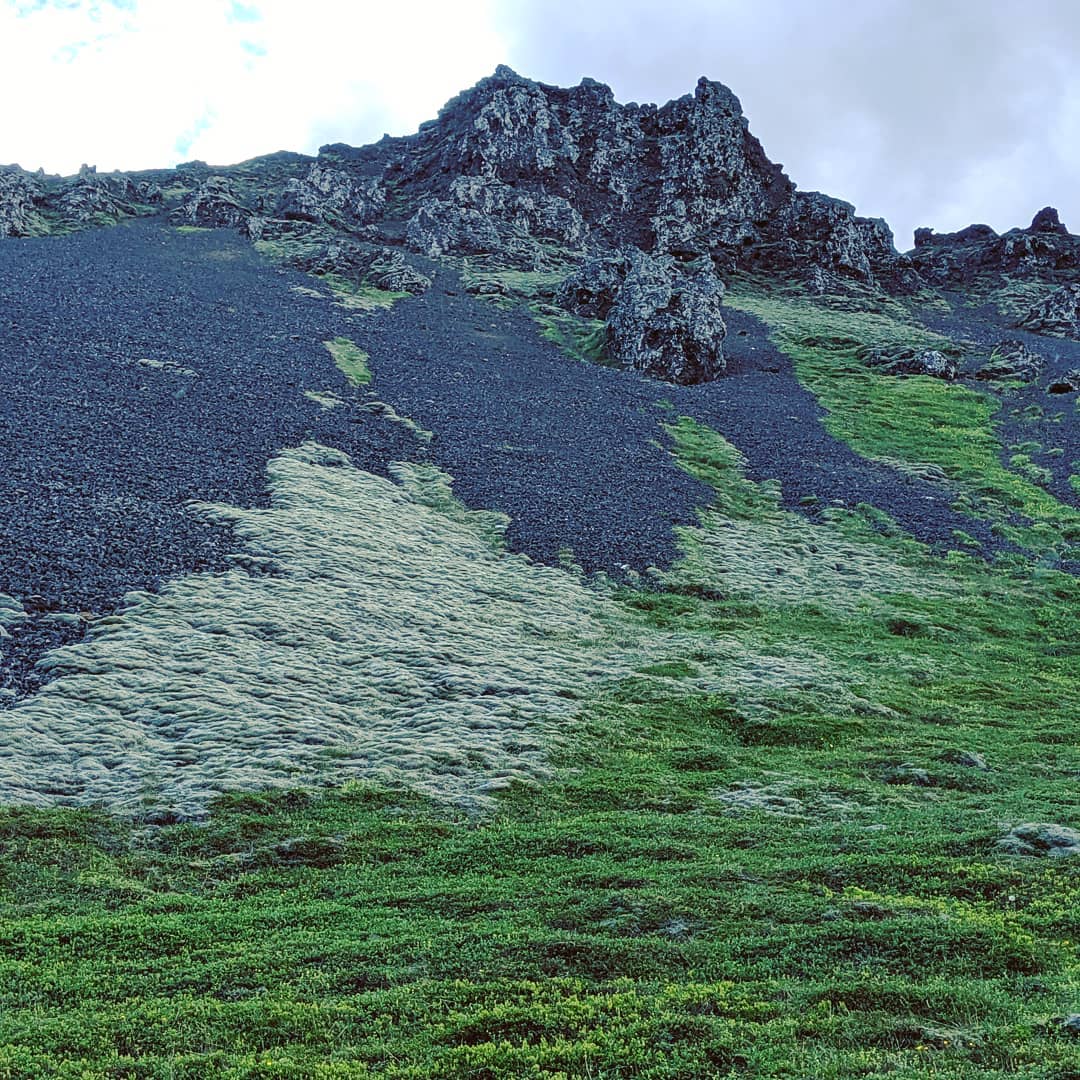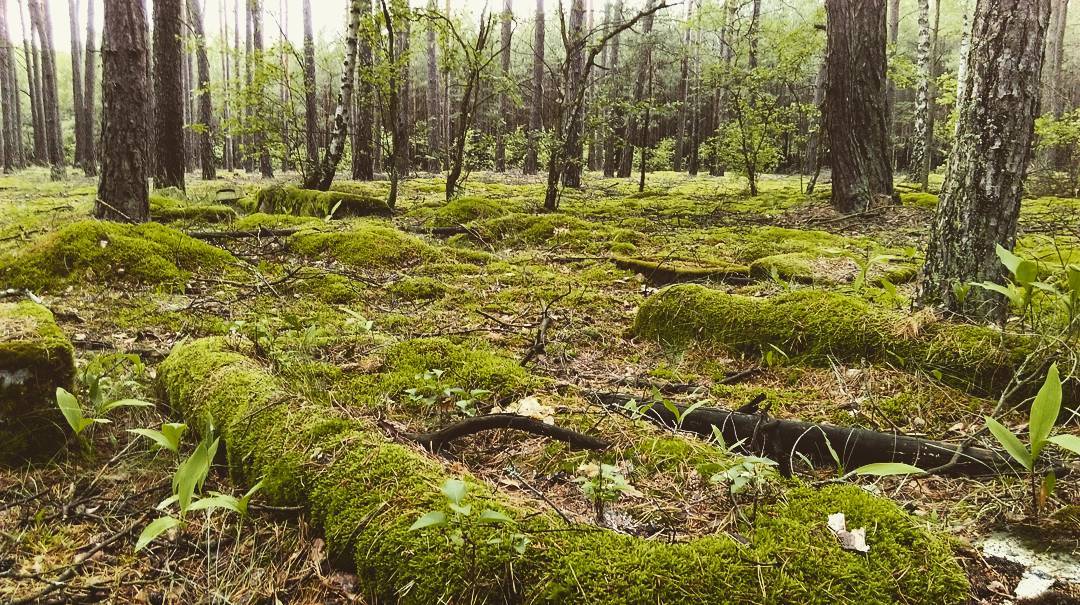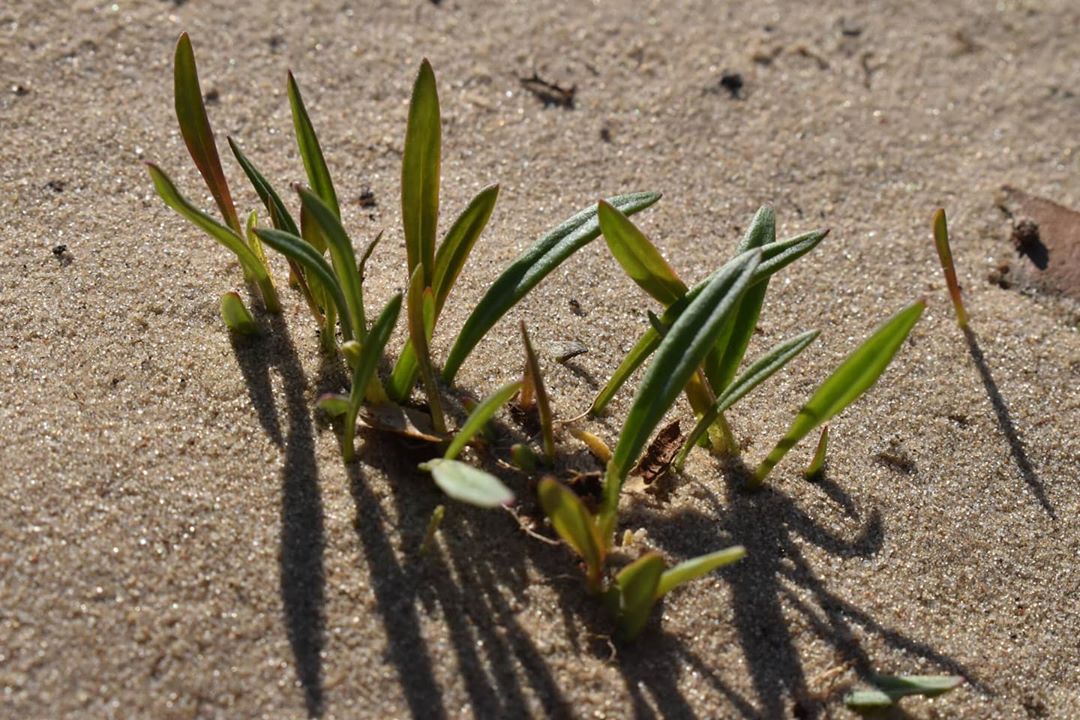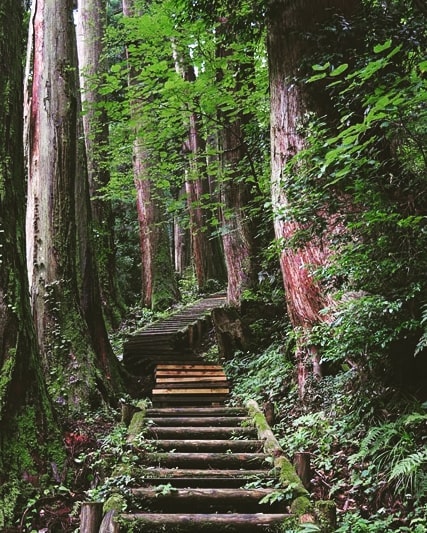Ecological Succession
Definition :
Ecological succession is the process of change in the species structure of an ecological community over time.
is the gradual process by which ecosystems change and develop over time.
Causes of ecological succession :
Initiating Cause : The main causes of ecological succession include the biotic and climatic factors that can destroy the populations of an area. Wind, fire, soil erosion and natural disasters include the climatic factors.
Continuing causes – This is also called as ecesis. These processes are continuous such as aggregation, competition, migration etc. This results in a series of changes in the soil structure of the area. Common changes include change of soil nutrients, accumulation of organic matter in litter or humic layer, change in soil pH etc.
Stabilizing causes -These include the climatic factors resulting in the stabilization of community.
There are five main elements to ecological succession.
- primary succession
- secondary succession
- pioneer species
- climax communities
- sub-climax communities.
Primary Succession :
- Primary Succession is defined as the type of ecological succession, which occurs or start from the barren, uninhabited and unoccupied areas, such as the newly formed pond, rock, dunes, etc.
- It occurs in the lifeless or barren area.
- Time taken for the completion of the process in Primary Succession is more than 1000 years
- There is the absence of soil and humus at the starting of the process, and the condition is not suitable for sustaining life.
- Intermediary seral and pioneer community are present in numbers in Primary Succession .
- In the beginning, the environment is unfavorable for the growth in Primary Succession

Fig : Starting of Primary succession in a Mountain region
Seral community :
- A seral community (or sere) is an intermediate stage found in ecological succession in an ecosystem advancing towards its climax community. In many cases more than one seral stage evolves until climax conditions are attained.
Secondary succession :
- It occurs in the area where there was the existence of life previously but got abandoned due to natural disturbances like deforestation, natural calamities (flood, earthquake, tsunami), the field with no vegetation .
- Occurs in an area, which has been recently got deprive of life and was previously inhabited.
- Takes place around 200 for its completion.
- In Secondary Succession soil and humus are present, along with some organisms.
- The presence of intermediary seral community few in numbers and pioneer community gets develops from the migrants and the previous occupants.
- In Secondary Succession, the environment is favorable, since the beginning of development.

Fig : Secondary Succession in a Forest Region
Pioneer Species
Species that arrive first in a newly created environment (such as an island rising out of the sea) are called pioneer species, and they, through their interactions with one another, build a rather simple initial biological community.

Fig : Pioneer Species in a sea shore
Sub climax community
- A stage or community in an ecological succession immediately preceding a climax ie one held in relative stability throughout by edaphic or biotic influences or by fire.
- the development of an ecological community to a stage short of the expected climax because of some factor, as repeated fires in a forest, that arrests the normal succession.
Climax stage of succession

Fig : Climax Stage
- An ecological community in which populations of plants or animals remain stable and exist in balance with each other and their environment.
- A climax community is the final stage of succession, remaining relatively unchanged until destroyed by an event such as fire or human interference.
- A climax community is one that has reached the stable stage.
- When extensive and well defined, the climax community is called a biome.
- Examples are tundra , grassland, desert , and the deciduous, coniferous, and tropical rain forests .
